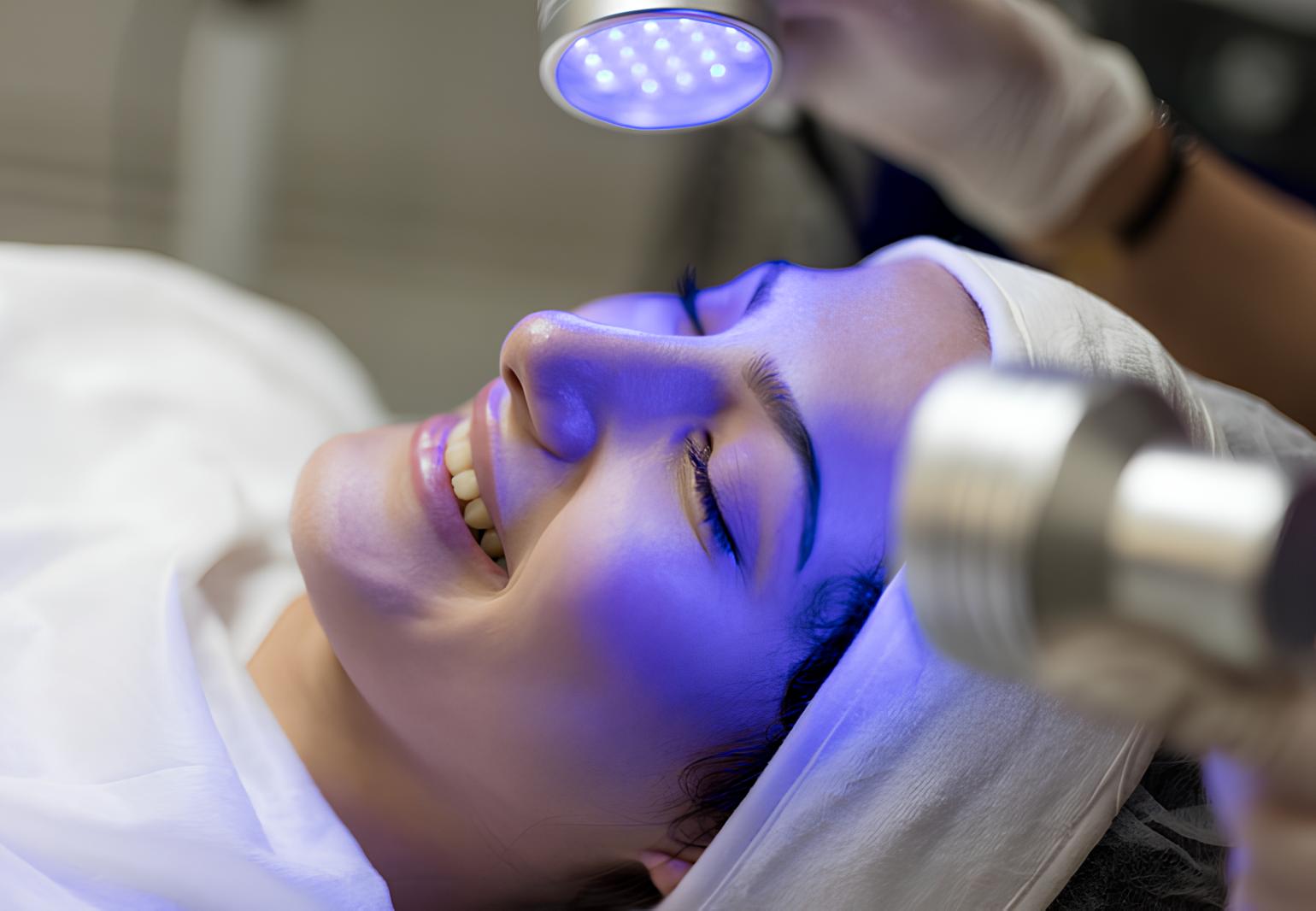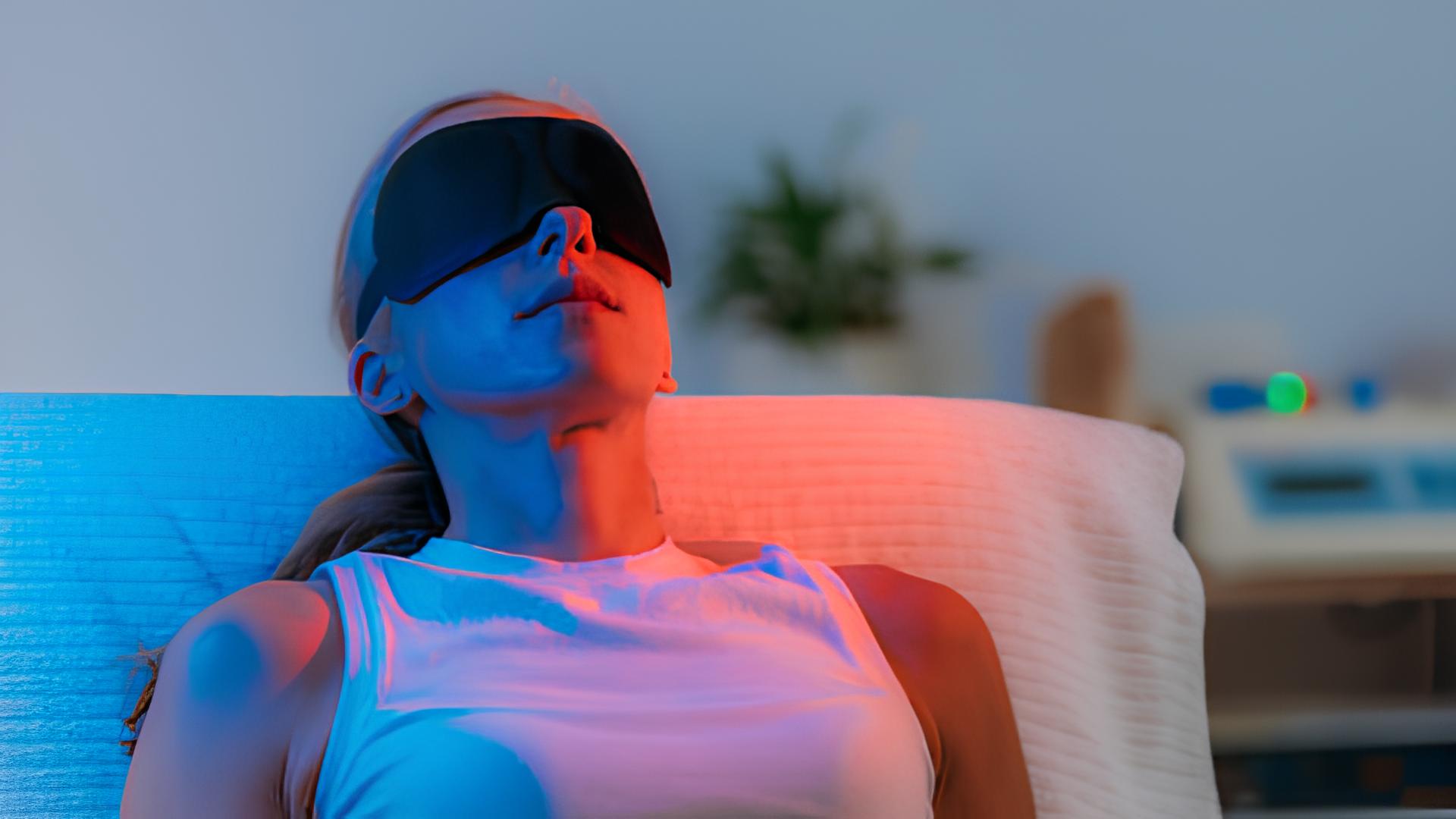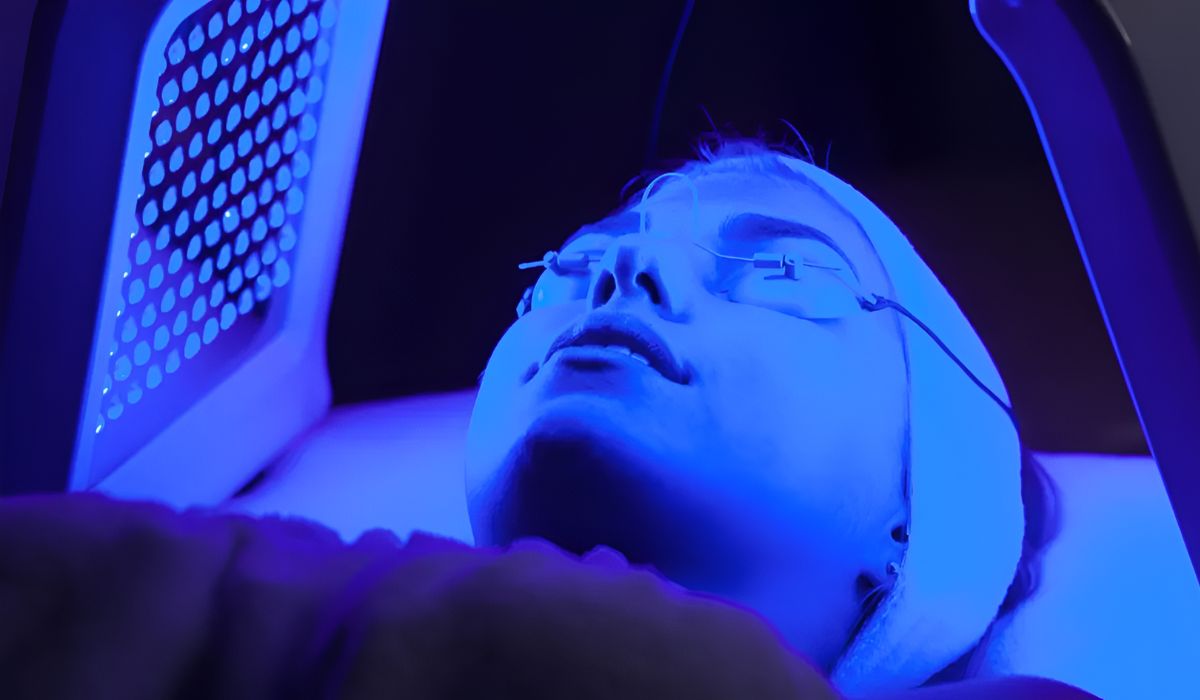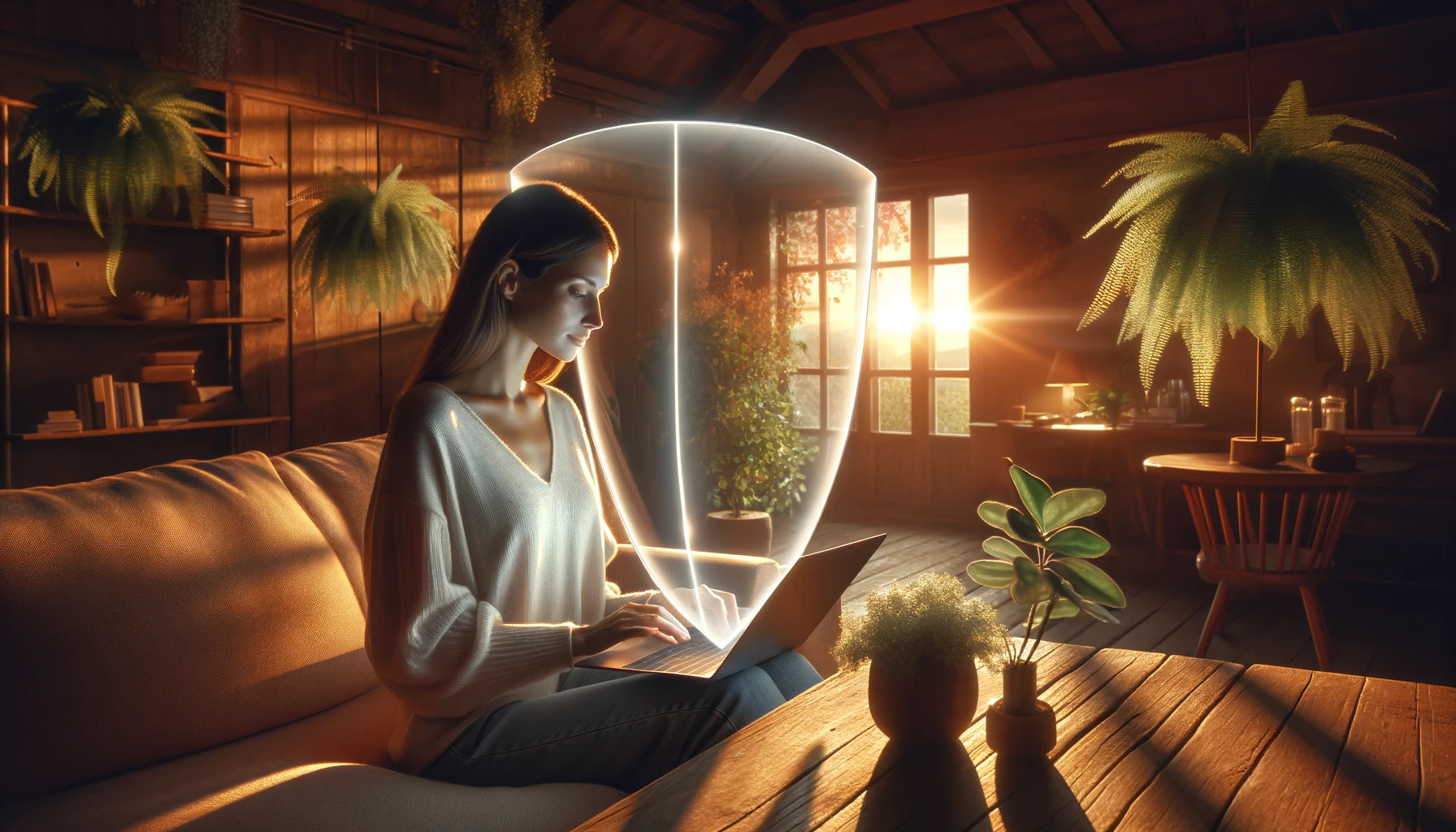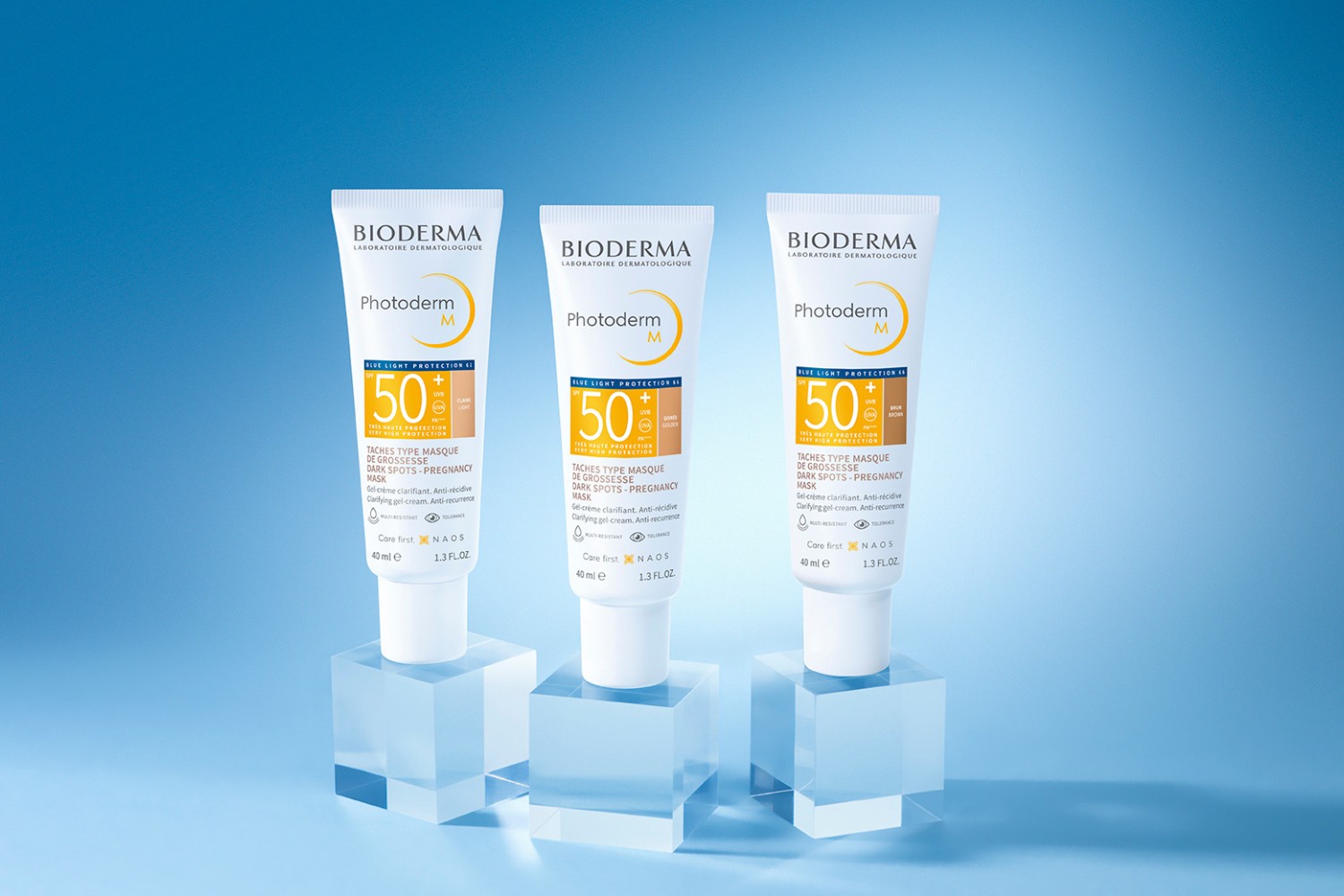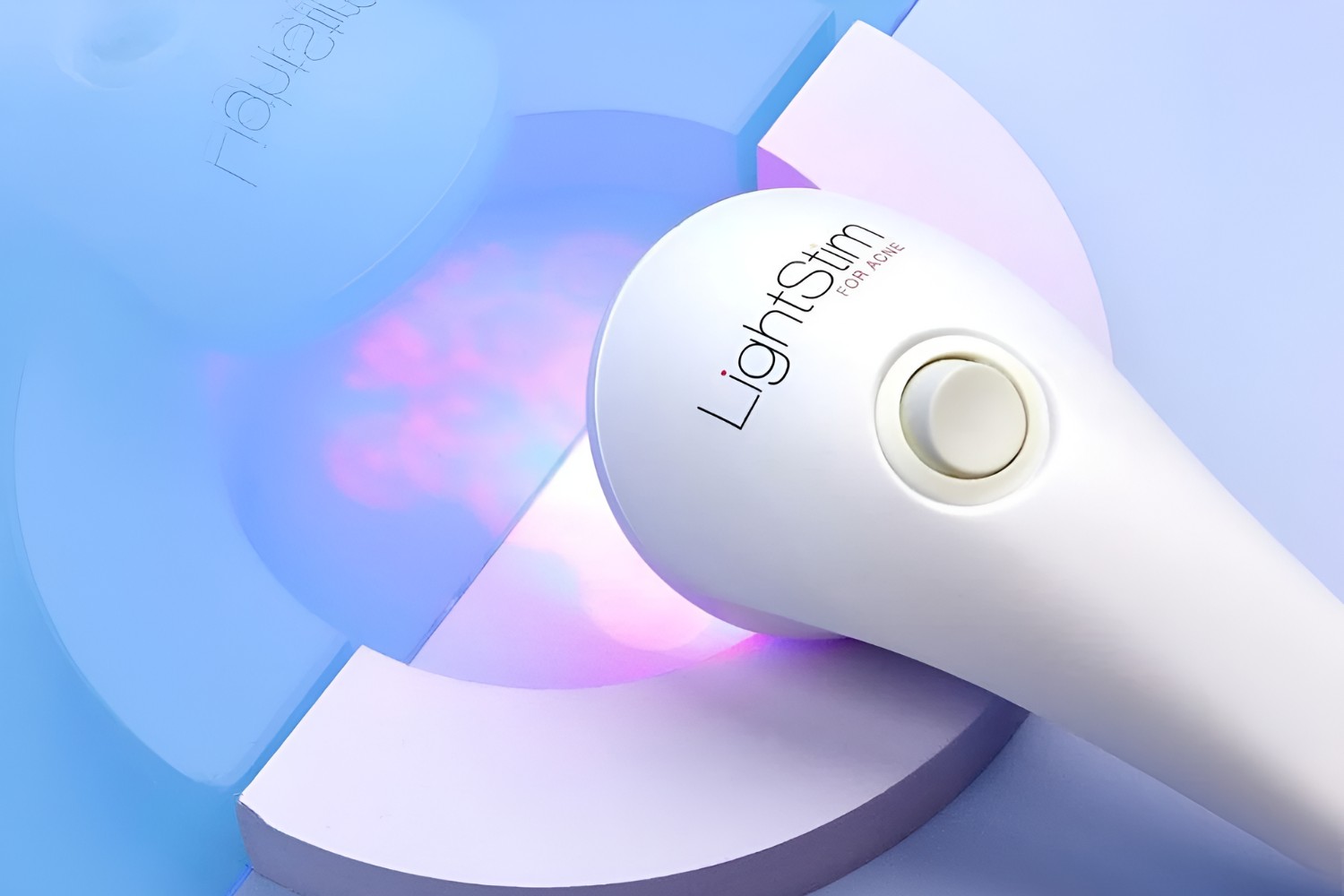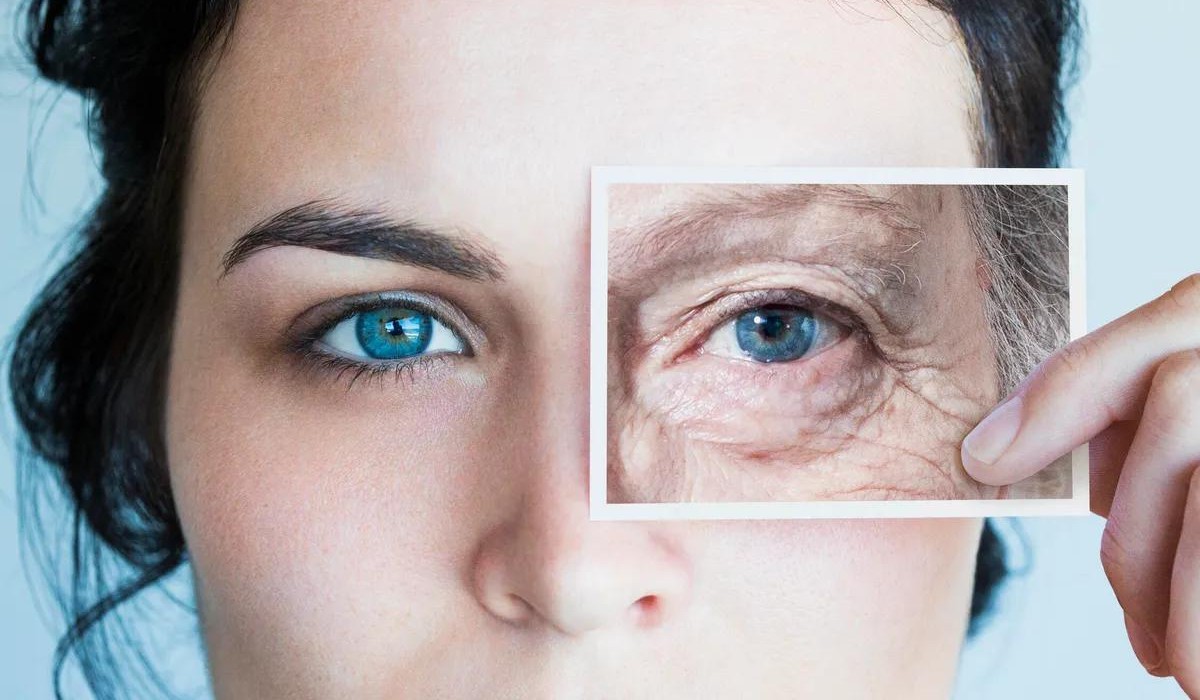Introduction
In recent years, the impact of blue light on our skin has been a topic of growing interest. With the pervasive use of digital devices such as smartphones, tablets, and computers, exposure to blue light has become a common part of modern life. While concerns have been raised about the potential negative effects of blue light on the skin, it's important to recognize that not all aspects of blue light are detrimental. In fact, there is a growing body of evidence suggesting that blue light can have positive effects on the skin.
As we delve into the realm of skincare, it's crucial to understand the various sources of blue light and how they interact with our skin. From sunlight to digital screens, blue light is all around us, and its influence on our skin is a subject of considerable significance. By gaining insights into the nature of blue light and its effects, we can make informed decisions about how to care for our skin in the digital age.
In this article, we will explore the positive effects of blue light on the skin, shedding light on its potential benefits and how it can be harnessed as a valuable component of skincare. By understanding the science behind blue light and its impact on the skin, we can uncover innovative ways to incorporate it into our skincare routines. Let's embark on a journey to uncover the untold story of blue light and its potential to revolutionize the way we approach skincare.
Understanding Blue Light
Blue light, also known as high-energy visible (HEV) light, is a type of light with a short wavelength and high energy. It is part of the visible light spectrum, and it is emitted by the sun as well as digital devices such as smartphones, tablets, and computer screens. While blue light has gained attention for its potential negative effects on the skin, it is important to recognize that not all aspects of blue light are harmful.
One of the key characteristics of blue light is its ability to penetrate the skin more deeply than other types of light. This deeper penetration can have both positive and negative implications for the skin. On one hand, it can contribute to the generation of free radicals, which are unstable molecules that can lead to oxidative stress and damage to the skin. On the other hand, blue light has been found to activate specific pathways in the skin that can promote wound healing and improve certain skin conditions.
Exposure to blue light, particularly from digital devices, has become a common concern in the modern age. The proximity of these devices to the skin means that the skin is constantly exposed to blue light, raising questions about its potential impact on skin health. Research has shown that prolonged exposure to blue light can lead to changes in the skin, including the acceleration of skin aging and the exacerbation of certain skin conditions.
It is important to note that not all sources of blue light have the same effect on the skin. Natural sunlight, for example, contains a combination of different wavelengths of light, including blue light. While excessive exposure to sunlight can have harmful effects on the skin, moderate exposure to natural sunlight is essential for the production of vitamin D and overall well-being.
In the realm of skincare, understanding the nature of blue light and its interaction with the skin is crucial for developing effective strategies to protect and nourish the skin. By gaining insights into the mechanisms through which blue light affects the skin, skincare experts and enthusiasts can make informed decisions about how to mitigate potential risks and harness the positive effects of blue light on skin health.
Positive Effects of Blue Light on the Skin
Blue light, often associated with digital screens and electronic devices, has garnered attention for its potential to impact skin health. While concerns about the negative effects of blue light on the skin have been widely discussed, it is essential to recognize that blue light also possesses positive attributes that can contribute to overall skin well-being.
1. Wound Healing and Skin Repair
Studies have revealed that specific wavelengths of blue light can stimulate the production of reactive oxygen species (ROS) in the skin. While excessive ROS can lead to oxidative stress, controlled generation of ROS induced by blue light has been found to promote wound healing and skin repair. This process, known as photobiomodulation, involves the activation of cellular pathways that enhance the skin's ability to heal and regenerate. As a result, blue light therapy has been increasingly utilized in clinical settings to aid in the treatment of various skin conditions, including acne and psoriasis.
2. Improvement of Certain Skin Conditions
Beyond its role in wound healing, blue light has demonstrated efficacy in targeting specific skin conditions. In dermatology, blue light therapy has been utilized to combat acne by targeting the bacteria responsible for acne breakouts. The antibacterial properties of blue light, particularly in the range of 405-420 nanometers, have shown promise in reducing acne lesions and improving overall skin texture. Additionally, blue light has been explored as a potential treatment for certain inflammatory skin conditions, with research indicating its ability to modulate inflammatory responses and alleviate symptoms associated with these conditions.
3. Regulation of Circadian Rhythms
In addition to its direct effects on skin health, blue light plays a crucial role in regulating circadian rhythms, which in turn can impact overall well-being. Exposure to blue light, particularly during the daytime, helps regulate the body's internal clock and promotes wakefulness. This regulation of circadian rhythms can indirectly contribute to skin health by influencing factors such as sleep quality and stress levels, both of which have significant implications for skin function and appearance.
By shedding light on the positive effects of blue light on the skin, we can gain a more nuanced understanding of its potential to contribute to skincare routines. While it is important to approach blue light exposure with mindfulness and awareness of potential risks, harnessing its positive attributes can open doors to innovative skincare approaches that leverage the beneficial effects of this ubiquitous form of light.
How to Incorporate Blue Light into Skincare Routine
Incorporating blue light into a skincare routine involves a thoughtful and strategic approach to harness its potential benefits while mitigating potential risks. As the understanding of blue light's effects on the skin continues to evolve, skincare enthusiasts and experts are exploring innovative ways to integrate blue light into skincare regimens. Here are some practical strategies for incorporating blue light into a comprehensive skincare routine:
-
Use Blue Light-Blocking Products: With the increasing awareness of blue light's potential impact on skin health, a range of skincare products formulated to block or neutralize blue light has emerged. These products, which often contain ingredients such as antioxidants and mineral-based sunscreens, act as a protective barrier against the potential harmful effects of blue light from digital devices. By incorporating blue light-blocking products into a daily skincare routine, individuals can minimize the impact of prolonged digital screen exposure on their skin.
-
Explore Blue Light Therapy: Blue light therapy, also known as photodynamic therapy, has gained recognition for its efficacy in addressing various skin concerns, including acne and certain inflammatory conditions. This non-invasive treatment involves the application of specific wavelengths of blue light to the skin, targeting underlying factors contributing to skin issues. Incorporating blue light therapy into a skincare routine can be achieved through consultation with skincare professionals who specialize in light-based treatments. By incorporating targeted blue light therapy sessions into a skincare regimen, individuals can leverage the therapeutic potential of blue light for skin improvement.
-
Adopt Holistic Lifestyle Practices: Beyond skincare products and treatments, adopting holistic lifestyle practices can play a significant role in mitigating the potential negative effects of blue light on the skin. Prioritizing factors such as adequate sleep, balanced nutrition, and regular physical activity can contribute to overall skin health and resilience. Additionally, incorporating mindfulness practices to manage screen time and reduce exposure to excessive blue light can support skin well-being in the digital age.
-
Embrace Blue Light-Protective Makeup: The beauty industry has responded to the growing awareness of blue light's impact by introducing makeup products designed to provide an additional layer of protection against blue light exposure. Blue light-protective makeup formulations, including foundations and powders, contain ingredients that help create a barrier against the potential effects of digital screen exposure. Integrating blue light-protective makeup into a daily beauty routine can complement skincare efforts and contribute to a holistic approach to skin protection.
By integrating these strategies into a skincare routine, individuals can proactively address the impact of blue light on skin health while embracing innovative approaches to skincare. As our understanding of blue light and its effects on the skin continues to evolve, staying informed about emerging skincare technologies and practices can empower individuals to make informed decisions about their skincare routines. With a balanced and proactive approach, the potential benefits of incorporating blue light into skincare regimens can be harnessed to support overall skin health and well-being.
Conclusion
In conclusion, the exploration of blue light's impact on skin health has unveiled a multifaceted narrative that goes beyond the conventional concerns about its potential harm. While the pervasive presence of blue light in our digital-centric lives has raised valid apprehensions, it is imperative to acknowledge the positive effects it can exert on the skin. From promoting wound healing and aiding in the management of certain skin conditions to regulating circadian rhythms, blue light has demonstrated its potential as a valuable ally in skincare.
As we navigate the complexities of modern living, integrating blue light into skincare routines presents an opportunity to embrace innovative approaches that align with the evolving understanding of skin health. The strategic incorporation of blue light-blocking products, exploration of targeted blue light therapy, adoption of holistic lifestyle practices, and embracing blue light-protective makeup collectively form a comprehensive framework for leveraging the positive effects of blue light while mitigating potential risks.
Furthermore, the evolving landscape of skincare science and technology continues to foster advancements in understanding the intricate interplay between light and skin. This ongoing progress opens doors to novel skincare modalities that harness the beneficial aspects of blue light, paving the way for a more holistic and personalized approach to skin wellness.
In essence, the narrative of blue light and its impact on the skin is a testament to the dynamic nature of skincare. By embracing a nuanced understanding of blue light's effects and integrating it into skincare regimens, individuals can embark on a journey that transcends traditional skincare paradigms. This journey is characterized by a harmonious balance between protection and optimization, where the potential benefits of blue light converge with tailored skincare practices to nurture skin health in the digital age.
As we look to the future of skincare, the positive effects of blue light on the skin serve as a reminder of the intricate symbiosis between science, technology, and holistic well-being. By embracing this symbiosis and staying attuned to emerging insights, individuals can navigate the realm of skincare with an informed and empowered approach, unlocking the transformative potential of blue light as a force for skin vitality and resilience.









